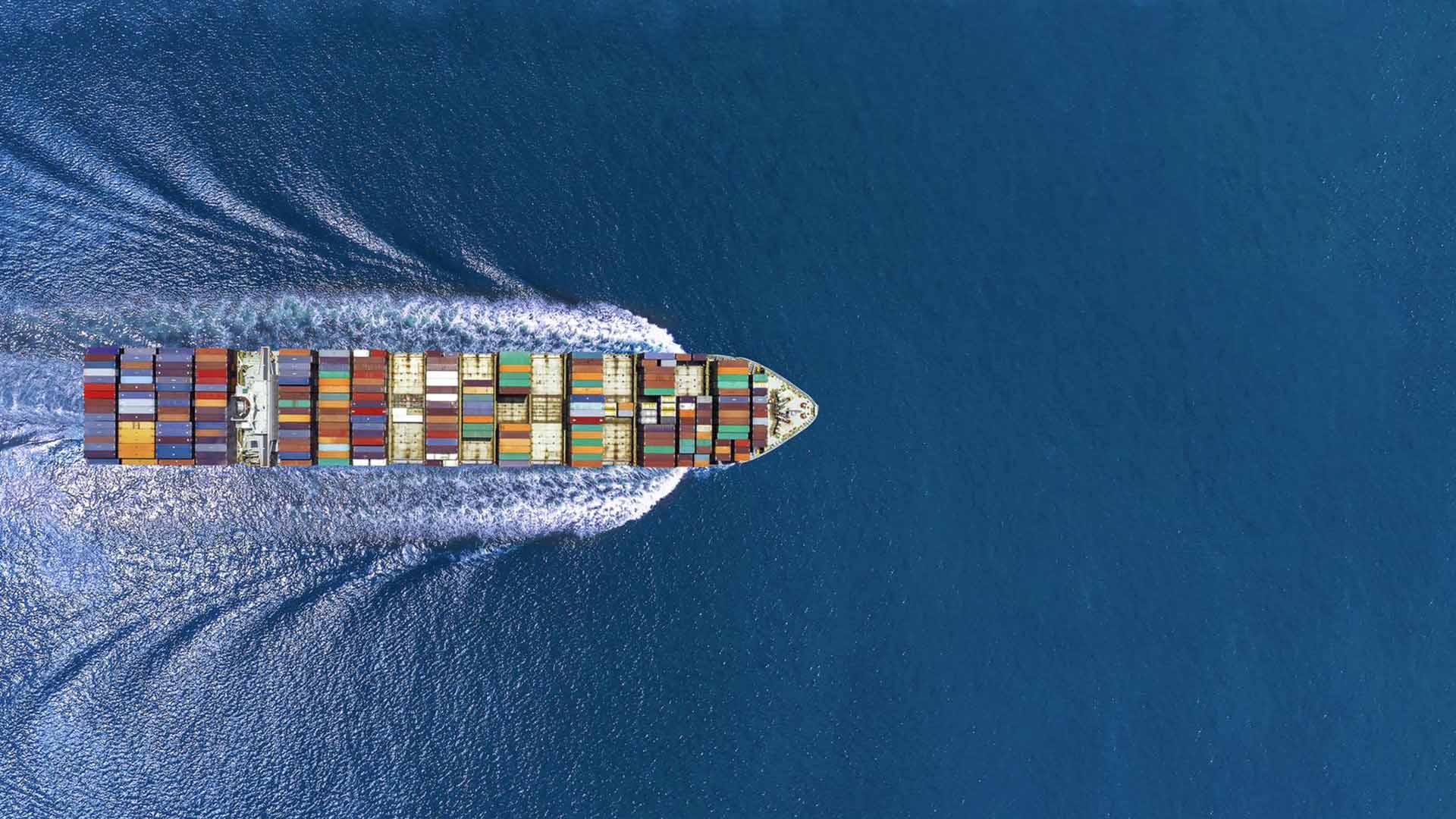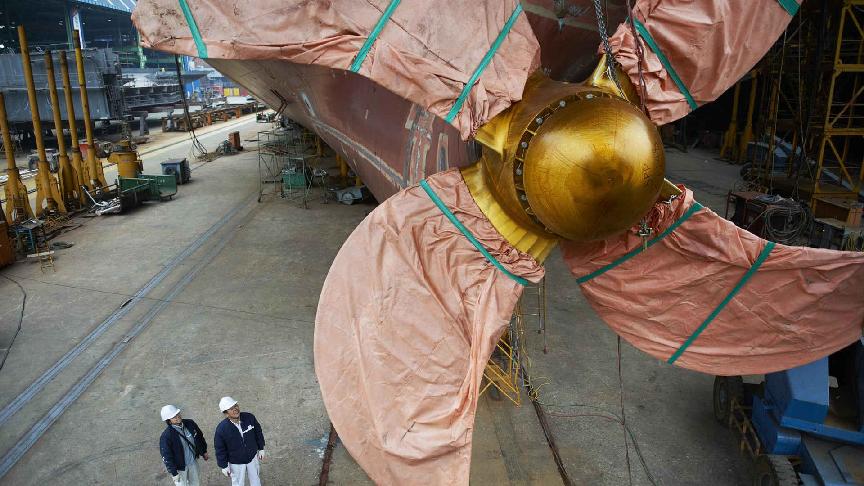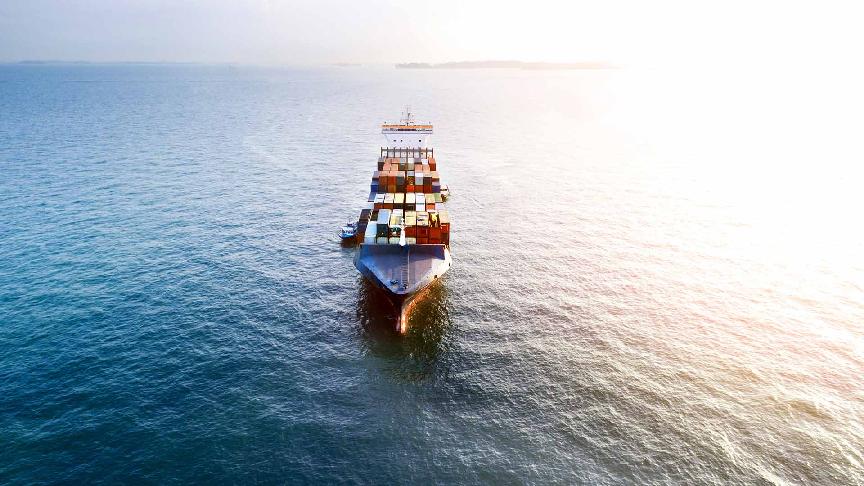Carriers reducing the speed of their vessels at sea is not only a strategy used to cut carbon emissions. Sometimes it is a tactic to cope with the loss of shipping demand.
When demand surged during the pandemic, carriers increased the speed of their container vessels by 4%, says Bimco, a Copenhagen-based shipping analysis firm. Shipping lines needed to deliver the goods on time and maintain good schedule reliability while escaping congestion at ports.
The market has changed since then and is currently taking slow steps back to normality. Bimco analysts found that the average sailing speed has slowed to 13.8 knots in the first quarter of 2023. This presents a 4% reduction compared to the same period in 2022. The speed is even expected to drop by 10% before 2025, says Bimco.
According to the analysis, larger ships sailed faster than smaller ones by an average of 2.6 knots in 2019. This average was reduced by 1.8 knots in the first months of 2022 and dropped further to 1.6 knots in the first quarter of 2023. “As a result, the average sailing speed weighted by the ships’ TEU capacity fell by 6% y/y in the first quarter of 2023, whereas the simple average sailing speed fell only 4% y/y. Supply has therefore decreased faster than the sailing speed,” writes Bimco analyst Niels Rasmussen.
“In part, the lower average sailing speed may be due to improved port congestion and some ships returning more slowly to Asia-Pacific than normal. However, we still believe it is a good indication of things to come,” Rasmussen adds, who also believes that speeds are bound to reduce further in the next few years.
Maersk is said to be the first container carrier to introduce the slow-steaming tactic after the financial crisis when speeds were reduced by as low as 20% on long sea routes. Currently, multiple shipping companies are using this strategy to manage their capacity effectively, which consequently results in fewer capacities available in the market.







